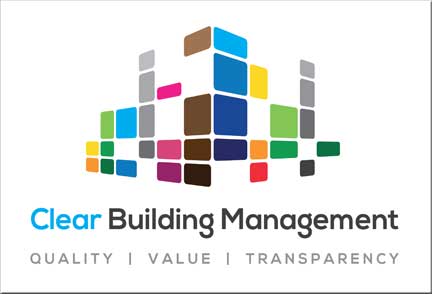External Wall System 1, drawn up in December by the Royal Institution of Chartered Surveyors and lenders in UK Finance, is an effort to restore mortgage certainty to high rise blocks of flats.
Ever since the former Communities Secretary James Brokenshire banned combustible materials in new builds above 18 metres in height – Advice Note 14 published in December 2018 – the sale of flats in high rises has become progressively more difficult.
It has reached the point now that LKP is contacted every day with several cases of sales falling through as lenders baulk at the prospect of combustible cladding on a site.
What had once involved Grenfell-style ACM (aluminium composite material) cladding, now involves cladding of different sorts, whether HPL (high pressure laminate) or timber.
With every fire, the fire safety regulators (and lenders) get more jittery.
The EWS1 review process was introduced in December 2019 to restore mortgage confidence in high rises, but it has not had immediate effect.
Indeed, ARMA reckons on eight month waits before high rises can be re-assessed.
Inside Housing magazine – whose day job is reporting the social housing sector – has been at the forefront of reporting the cladding crisis in private blocks of flats.
Here Jack Simpson explains the aim of EWS1:
At its heart, the EWS process was moving away from the binary approach of Advice Note 14, which states that external walls on all buildings over 18m must be checked and if materials were combustible they must pass a large-scale test.
The EWS process is more nuanced and allows a “competent chartered professional with fire expertise” to check materials and give assurances to lenders that it is safe or in need of remediation.
The expert must first assess whether materials of limited combustibility are present. If they are present, it is given a clean bill of health for mortgage companies. If the materials are found to be combustible, but a fire risk assessment deems the risk to be low, it is also given the green light for lenders. The guarantee lasts for five years.
If an external wall is found to have combustible materials, then a chartered fire engineer must be appointed to carry out a more in-depth assessment.
If they deem the fire risk to be low then lenders are again given assurances. If deemed high risk, remediation work is then needed.
And here is Inside Housing’s infographic explaining how it (should) work:

But the first hurdle is the delay in getting the building assessed – the Association of Residential Managing Agents is referencing eight months.
A second is an insurance crisis as building inspectors cannot obtain professional indemnity (PI) insurance, with insurers nervy at the prospect of another Grenfell tragedy.
Even when the building is inspected, some remediation is still the likely outcome given the presense of combustible material.
Simpson writes:
“With the pace of remediation work glacial, this could mean a delay of many years before a sale goes ahead. The leaseholder could also very likely find themselves footing the bill for the work.”
John Baguley, tangible assets valuation director at RICS, claims EWS1 is working and that some sales have completed.
LKP is not habitually contacted by leaseholders without problems, but we have certainly heard from sites deemed safe where sales have fallen through as nervy lenders seek assurances that no one can give.
We had an example in a Southampton site yesterday, while Inside Housing references a leaseholder in a Leeds where an EWS inspection had deemed the building to be low risk had been unable to secure a mortgage from Halifax.
What’s more the government’s consolidated guidance in January, which replaced Advice Note 14, called for EWS style checks on all buildings regardless of height.
LKP is also being contacted about sales falling through in these lower buildings.
Dr Jonathan Evans, CEO of Ash & Lacy, who spoke at the LKP / APPG Westminster meeting in January, has been openly critical of the government’s fire safety regime.
Until it has confidence of mortgage lenders – perhaps certifying EWS findings – the cladding scandal will continue to wreak misery on leaseholders, who had no part in putting the cladding up but will – leasehold law being what it is – made to pay to remediate it.
Unless government intervenes, that is.





 ‘Predatory investors’ prey on cladding sites that government advice made valueless
‘Predatory investors’ prey on cladding sites that government advice made valueless






















Our daughter is in this predicament in Manchester she wants to move but because there as been no definite decision as to wether the cladding is 100% save both Manchester City council and Northwood Housing have been less than reassuring throughout this matter getting answers as been extremely difficult and disappointing.
I loved this post. I read your blog fairly often. You frequently have great stuff.
I shared thiss on my Facebook page & it was very popular.
Keep up the good work.